Mon, Dec 26, 2022
It is currently one of sport aviation's most intriguing sport rotorcraft designs... but it is based on historic airframes that more than proved their mettle during aviation's earlier generations. Ron Herron's plans-built Little Wing Autogyro is a tractor design which brings back a vintage look with its tube-and-fabric fuselage and Rotec radial engine (though other engine selections may be adapted).
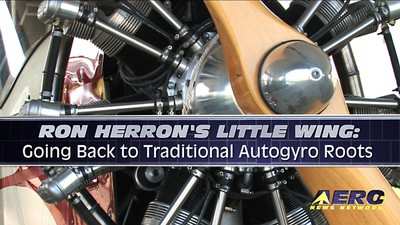
More than just esthetically pleasing, the machine has distinguished itself worldwide as the holder of 29 World Records under the pilotage of rotornaut Andy Keech.
Fifteen years in the making, the latest version of the Little Wing autogyro is the fifth in a series of tractor configurations that mimic the designs of old like Pitcairn, Kellett, and Juan de la Cierva. The first machine, the LW-1, was powered by an 0-200 engine while four other designs (single and two-place) have since been developed to get to today's LW-5. One of the main reasons for Herron's efforts was to bring enhanced pitch stability to today's sport rotorcraft... something of an issue in a number of other designs.
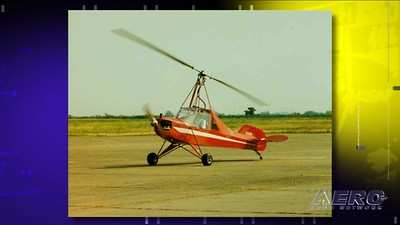
Herron notes that this configuration offers increased pitch stability to the point where pilot induced oscillation (PIO) is virtually eliminated and power-push-over (PPO) is impossible. Herron credits the fact that these aircraft incorporate large horizontal tail surfaces located well aft of the rotor thrustline while the propeller thrustline passes through the loaded center of gravity of the entire machine as well as the center of fuselage parasitic drag. Thus, there is no undue pitching moment created by engine thrust or fuselage drag at any speed or power setting.
Other design attributes offered by Herron's Little Wing designs (as compared to the generic pusher designs that started with the original Bensen gyrocopter) include better crash survivability, better engine cooling, increased propeller efficiency and decreased noise levels, eliminates potential propeller/rotor damage, greater utility, and classic looks.
Available in plans form, the aircraft's more difficult to assemble components (like a pre-welded fuselage) are available directly from Herron.
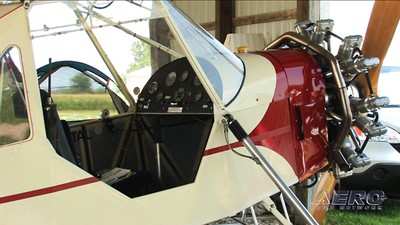
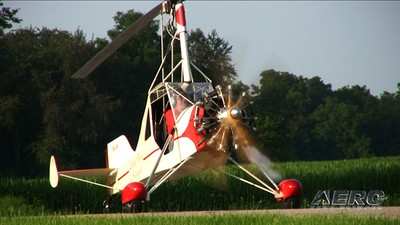
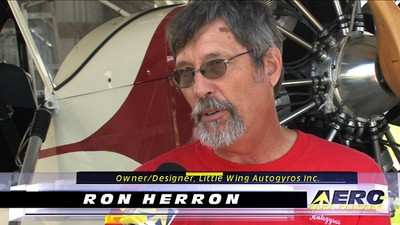
More News
Aero Linx: Model Aeronautical Association of Australia MAAA clubs are about fun flying, camaraderie and community. For over 75 years, the MAAA has been Australia’s largest fl>[...]
Touchdown Zone Lighting Two rows of transverse light bars located symmetrically about the runway centerline normally at 100 foot intervals. The basic system extends 3,000 feet alon>[...]
“Discovery and innovation are central to our mission at Virgin Galactic. We’re excited to build on our successful record of facilitating scientific experiments in subor>[...]
How To Get A Story On Aero-TV News/Feature Programming How do I submit a story idea or lead to Aero-TV? If you would like to submit a story idea or lead, please contact Jim Campbel>[...]
Student Pilot Reported That During Rotation, “All Of A Sudden The Back Of The Plane Kicked To The Right..." Analysis: The student pilot reported that during rotation, “>[...]
 ANN's Daily Aero-Linx (05.02.24)
ANN's Daily Aero-Linx (05.02.24) ANN's Daily Aero-Term (05.02.24): Touchdown Zone Lighting
ANN's Daily Aero-Term (05.02.24): Touchdown Zone Lighting Aero-News: Quote of the Day (05.02.24)
Aero-News: Quote of the Day (05.02.24) ANN FAQ: Contributing To Aero-TV
ANN FAQ: Contributing To Aero-TV NTSB Final Report: Cirrus Design Corp SR20
NTSB Final Report: Cirrus Design Corp SR20







